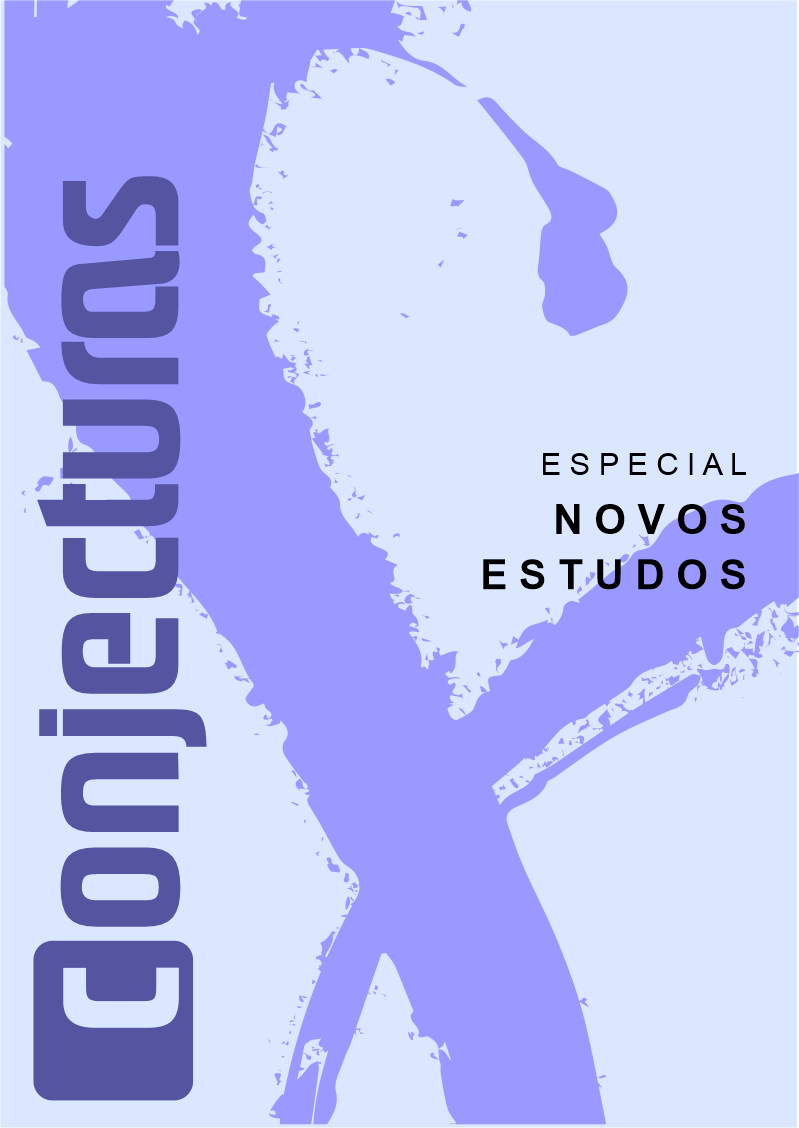Preliminary comparative study of the Q angle in pregnant and non-pregnant women for the prevention of orthopedic problems
DOI:
https://doi.org/10.53660/CONJ-1021-O17Palavras-chave:
Orthopedics, Musculoskeletal Problems, Pregnant women, Q angle; PainResumo
Orthopedic knee problems are the main cause of pain in pregnant women from the third trimester of pregnancy, mainly. The musculoskeletal problems that affect pregnant women can remain after childbirth, therefore, their prophylaxis is a necessity for health care. In this sense, a comparative analysis was performed between the measurements of the Q angle of samples of pregnant and non-pregnant women to verify the changes in this angle to serve as a basis for prophylactic treatments when the angle is increased. Measurements were made following the Q angle measurement protocol, and other data were obtained to verify the relationship of the Q angle with age, height, weight, Body Metabolic Index [BMI], hip circumference, and superior anterior iliac spine measurement up to the patella. These data were compared with the Q angle values for both samples, and subsequently, the angle values were compared between pregnant and non-pregnant women. Statistical data and analysis of absolute values showed that there was an increase in the Q angle of pregnant women compared to non-pregnant women and the comparison of BMI with the Q angle showed a higher r² for pregnant women.
Downloads
Referências
BELCHIOR, A. C. G. Efeitos na medida do ângulo Q com a contração isométrica voluntária máxima do músculo quadricipital. Revista Brasileira de Medicina do Esporte, v. 12, n. 1. p. 6-10, 2006.
BISPO JÚNIOR, J. P. Fisioterapia e saúde coletiva: desafios e novas responsabilidades profissionais. Ciência e Saúde coletiva, v. 15, n. 1, p. 1627-1636, 2010.
BRANCO, M. et al. Kinematic Analysis of Gait in the Second and Third Trimesters of Pregnancy. Journal of Pregnancy, v. 2013, p. 1-9, 2013.
CABRAL, C. M.; MONTEIRO-PEDRO, V. Recuperação funcional de indivíduos com disfunção femoropatelar por meio de exercícios em cadeia cinética fechada: revisão da literatura. Revista Brasileira de Fisioterapia, v. 7, n. 1, p. 1-8, 2003.
CHO, Y.; KO, Y.; LEE, W. Relationships among foot position, lower limb alignment, and knee adduction moment in patients with degenerative knee osteoarthritis. Journal of Physical Therapy Science, v. 27, n. 2994, p. 265–268, 2015.
DAHLE, L. K. et al. Visual assessment of foot type and relationship of foot type to lower extremity injury. Journal Orthopedics of Sports Physical Therapy, v. 14, p. 70–74, 1991.
DUMAS, G. A.; REID, J. G. Laxity of Knee Cruciate Ligaments During Pregnancy. Journal of Orthopaedic & Sports Physical Therapy, v. 26, n. 1, 1997.
EGWU, O. A. et al. Pes planus. International Journal of Advanced Research, v. 3, n. 166, 2012.
ERHART, J. C. et al. Predicting changes in knee adduction moment due to load-altering interventions from pressure distribution at the foot in healthy subjects. Journal of Biomechanical, v. 41, n. 2989, 2012.
FELSON, D. T. Epidemiology of hip and knee osteoarthritis. Epidemiologic Reviews, v. 10, p. 1-28, 1988.
FUNK, K. T.; ESTIVALET, P. S. The epidemiological profile of patients attended by the public physiotherapy service in the city of Boa Vista do Cadeado, RS. Fisioterapia e Movimento, v. 28, n. 4, p. 685-692, 2015
GROSS, G. A.; GEORGE, J. W. Orthopaedic injury in pregnancy. Clinical obstetrics and gynecology, v. 59, n. 3, p. 629-638, 2016.
GROSS, K. D. et al. Association of flat feet with knee pain and cartilage damage in older adults. Arthritis Care Research, v. 63, p. 937–944, 2011.
HORA M. et al. Body size and lower limb posture during walking in humans. PLoS ONE, v. 12, n. 2, p. e0172112, 2017.
HUSSAIN, S. et al. Female reproductive and hormonal factors and incidence of primary total knee arthroplasty due to osteoarthritis. Osteoarthritis and Cartilage, v. 26, 2018.
KHASAWNEH, R. R.; ALLOUH M, Z.; ABU-EL-RUB, E. Measurement of the quadriceps (Q) angle with respect to various body parameters in young Arab population. PLoS ONE, v. 14, n. 6, p. e0218387, 2019.
LARZARUS, J. H.; PREMAWARDHANA, L. D. Screening for thyroid disease in pregnancy. American Journal of Clinical Pathology, v. 58, p. 449–452, 2005.
NISSEN, C. W. et al. Physical and arthroscopic examination techniques of patellofemoral joint. Journal of Orthopaedic and Sports Physical Therapy, v. 28, n. 5, p. 277-285, 1998.
OJUKWU, C. P.; ANYANWU, E. G.; NWAFOR, G. G. Correlation between Foot Arch Index and the Intensity of Foot, Knee, and Lower Back Pain among Pregnant Women in a South-Eastern Nigerian Community. Medice Principles and Practice, v. 26, n. 5, p. 480-484, 2017.
PINHEIRO, C. V. Q.; MEDEIROS, N. M. Práticas de prevenção do HIV/Aids e modos de subjetivação. Physis, v. 23, n. 2, p. 629-646, 2013.
RIBAS, S. I.; GUIRRO, E. C. Analysis of plantar pressure and postural balance during different phases of pregnancy. Brazilian Journal of Physical Therapy, v. 11, p. 391-396, 2007.
ROSSNER, S. Weight gain in pregnancy. Human Reproduction, v. 12, p. 110–115, 1997.
SHARAN, D. et al. Myofascial Low Back Pain Treatment. Current Pain and Headache Reports, v. 18, n. 9, p. 1-8, 2014.
SOUZA, B. G. S. et al. Profilaxia primária e secundária de fraturas osteoporóticas: avaliação de uma coorte prospectiva. Revista Brasileira de Ortopedia, v. 52, n. 5, p. 538-543, 2017.
SPAHN, G. et al. Knee related pain problems during pregnancy correlate with an increase in body weight. Results of a prospective study. Zeitschrift für Geburtshilfe und Neonatologie, v. 219, p. 213–219, 2015.
URITS, I. et al. Treatment and management of myofascial pain syndrome. Best Practice & Research Clinical Anaesthesiology, v. 34, n. 3, p. 427-448, 2020.
Downloads
Publicado
Como Citar
Edição
Seção
Licença
Copyright (c) 2022 Conjecturas

Este trabalho está licenciado sob uma licença Creative Commons Attribution 4.0 International License.



